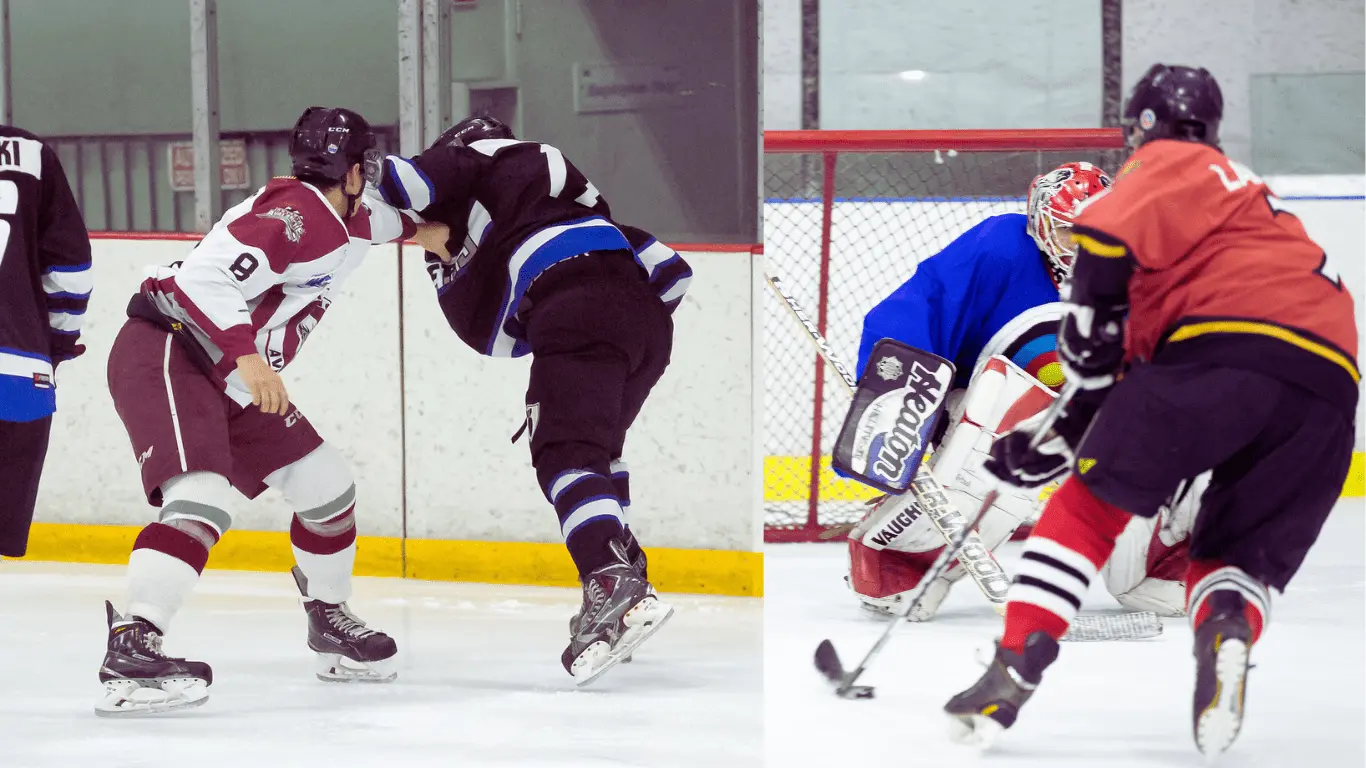The embellishment penalty in hockey is an interesting and crucial aspect of the game designed to maintain integrity and fairness during play. Embellishment occurs when a player exaggerates or feigns an injury to deceive the referees into penalizing an opponent who may have made minor or inconsequential contact. This act of deception can influence the game significantly by unjustly awarding power plays to the embellishing player’s team.
Hockey, known for its fast pace and physicality, often involves tight and aggressive interactions between players. In such a competitive atmosphere, the temptation to manipulate every possible advantage, including trying to draw penalties, can be strong. To combat this, the rules of hockey include provisions for penalizing players who engage in embellishment, often called “diving” in common parlance.
The embellishment penalty itself is straightforward: it is usually a minor penalty, resulting in the player spending two minutes in the penalty box. This penalty can be given independently of or in conjunction with a penalty called on the player who supposedly caused the infringement. This means both players could end up being penalized simultaneously—one for the initial minor infraction and the other for embellishing the severity of the contact.
Enforcing these rules helps uphold the sport’s integrity, ensuring that games are won based on skill and team strategy rather than deceptive tactics. The rule also underscores the importance of sportsmanship and respect for fellow players and the game itself. As such, embellishment penalties not only help regulate the flow of the game but also teach players the value of honesty and fair play in a highly competitive environment.
The Rules: How is Embellishment Penalized?
The Specific Rules:
1. Minor Penalty:
The most common penalty for embellishment is a minor penalty, which results in the player being sent to the penalty box for two minutes. During this time, their team must play short-handed, which could potentially put them at a disadvantage if the opposing team has not also received a penalty.
2. Simultaneous Penalties:
In situations where an opposing player has committed an infraction such as tripping or hooking, and the victim exaggerates the impact, referees can choose to penalize both players simultaneously. This results in both teams playing with one less player, often referred to as “4 on 4” if both teams receive minor penalties.
3. Fines and Repeated Offenses:
The NHL has provisions for fining players for repeated embellishment offenses. A player’s first citation for embellishment might not result in a fine, but subsequent infractions can lead to increasing fines for both the player and even their coach, reflecting the league’s emphasis on curbing this unsportsmanlike behavior.
4. Referee Discretion:
It is important to note that the judgment of what constitutes embellishment is largely left to the discretion of the referees overseeing the game. They must assess whether the player’s reaction to contact is disproportionate to the force or nature of the contact made. This subjective aspect can sometimes lead to controversies over embellishment calls.
The Role of the League:
Leagues like the NHL monitor and review embellishment incidents to ensure consistency in officiating. They use video replays and post-game reviews as part of their efforts to assess the fairness and accuracy of embellishment calls. These reviews help maintain the standards of officiating and ensure that the rules are applied consistently across all games and teams.
Historical Background of Embellishment Penalties
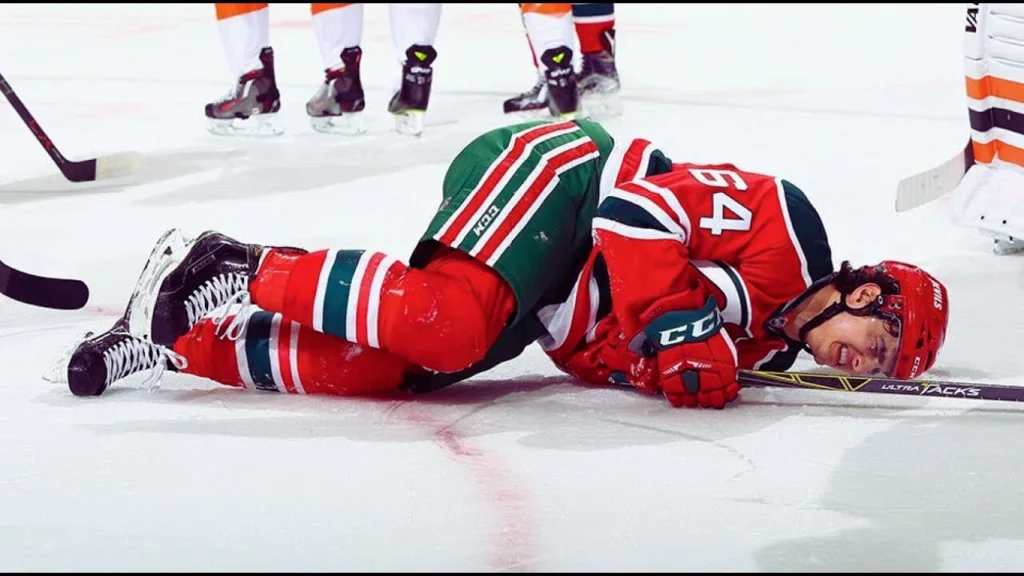
The historical background of embellishment penalties in hockey traces back to the sport’s ongoing efforts to maintain fairness and sportsmanship on the ice. As hockey evolved over the decades, so did the strategies and tactics employed by players, including various forms of gamesmanship like embellishment.
Origins and Evolution:
In the earlier days of hockey, the rules were less stringent about player conduct concerning embellishment. As the sport grew in popularity and competitiveness, however, the integrity of the game came under scrutiny. Players began exploiting the lack of specific rules against exaggerating fouls, leading to an increase in such incidents that could manipulate game outcomes.
By the 1990s, the National Hockey League (NHL) and other professional leagues recognized the need to address this issue explicitly. They observed that embellishment not only undermined the fairness of the game but also detracted from the sport’s reputation. Fans and officials alike expressed concerns about the authenticity of the competition when players attempted to deceive referees to gain advantages.
Recent Developments:
In more recent years, the NHL has further tightened its stance on embellishment. The league now uses a more systematic approach to identify and penalize this behavior. This includes the implementation of fines and warnings not only to players but also to their coaches, who are expected to discourage such tactics within their teams. The NHL has also employed video review systems to aid referees and disciplinary committees in making more accurate determinations regarding embellishment incidents.
Moreover, the league issues supplementary discipline in the form of warnings followed by escalating fines to repeat offenders, which are publicly announced to maintain transparency and deterrence. This approach reflects an increased emphasis on accountability and education, helping players understand the impact of their actions on the game’s integrity.
Differentiating Embellishment from Diving
In the context of hockey, the terms “embellishment” and “diving” are often used interchangeably, but there are subtle distinctions between the two that are worth noting. Both terms describe actions intended to deceive the referees into calling penalties against the opposing team, but their nuances can impact how they are perceived and penalized within the game.
1. Diving:
Diving is the act of a player falling to the ice or reacting dramatically with no or very minimal contact from an opposing player. It is a deliberate attempt to create the illusion of a foul where none or very little exists. Diving is considered a blatant attempt to fool the officials and is typically seen as a more severe form of deception.
2. Embellishment:
Embellishment, on the other hand, occurs when there is an actual foul, but the player exaggerates the effect of the contact to ensure it catches the attention of the referees. While there is genuine contact or a minor infraction, the reaction of the player is disproportionate to the force or nature of the contact. This can include exaggerated falls, clutching parts of the body that were not impacted, or mimicking severe pain.
Perception and Penalties:
- In terms of penalties, both diving and embellishment can result in minor penalties being assessed to the offending player. The strategic implications are similar since both actions aim to draw penalties that put the opposing team at a disadvantage.
- However, diving is often viewed more negatively than embellishment because it involves fabricating a foul rather than exaggerating an existing one. This distinction can affect the reputation of players among fans, officials, and peers.
Referee’s Role and Challenges:
Referees have the challenging task of discerning whether a player’s reaction is a legitimate response to contact or an act of deception. This determination often must be made in a split second, relying on the official’s angle of view, the nature of the contact, and the behavior of the player involved. The subjective nature of judging these actions makes the role of the referee crucial and difficult, as mistakes can influence the game’s outcome.
Examples of Embellishment in Professional Hockey
1. Famous Incident Involving P.K. Subban:
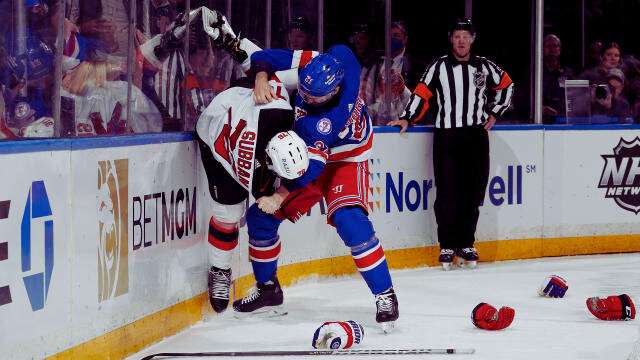
P.K. Subban, a defenseman known for his dynamic play, has been cited for embellishment on several occasions. One memorable instance occurred during a game when Subban dramatically fell to the ice after a slight contact with an opponent, leading to a penalty for embellishment. This incident sparked discussions about the fine line between drawing a legitimate penalty and embellishing to deceive officials.
2. Sidney Crosby’s Embellishment Call:
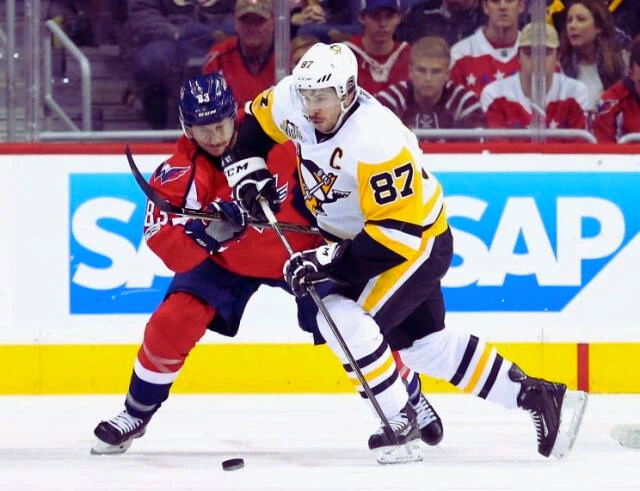
Sidney Crosby, one of the NHL’s top players, has not been immune to accusations of embellishment. In a playoff game, Crosby was called for embellishment after exaggerating a hooking incident. This penalty was significant because it highlighted that even high-profile players could be scrutinized for such actions, emphasizing the league’s commitment to fair play.
3. James Neal’s Dive During Playoffs:
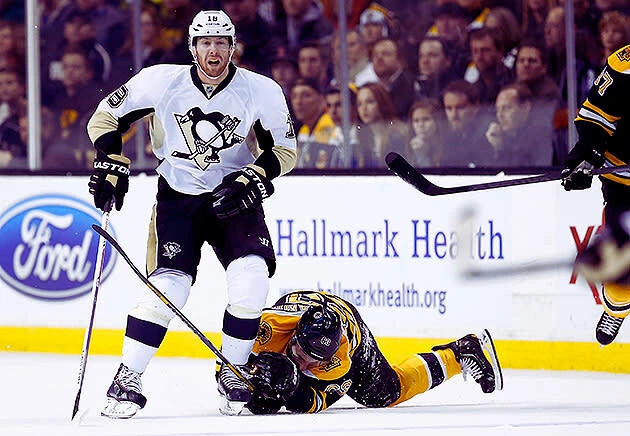
James Neal, another NHL player, was penalized for diving during a critical playoff game. Neal’s dramatic fall after a minor stick contact was deemed an embellishment by the referees, which not only resulted in a penalty against him but also drew criticism from fans and analysts who viewed it as a clear attempt to manipulate the game outcome.
4. Kesler’s Embellishment in the Stanley Cup Playoffs:
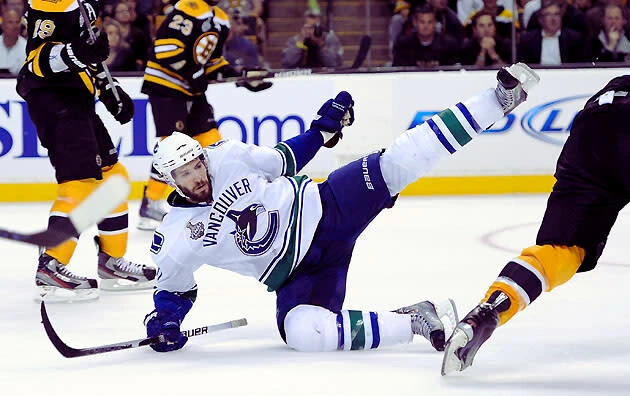
Ryan Kesler faced criticism during the Stanley Cup playoffs for several embellishment incidents. In one game, he exaggerated the impact of a hit near the boards, leading to a dual penalty that saw both him and the opposing player sent off. This example was widely discussed in sports media, highlighting the impact of such actions on the game’s fairness and the series’ outcome.
5. Marchand’s Repeat Offenses:
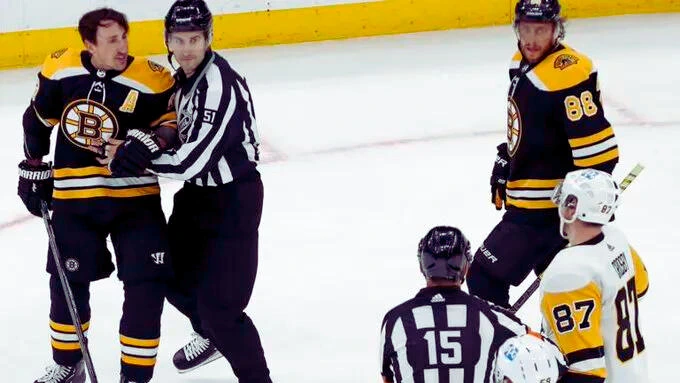
Brad Marchand, known for his aggressive playing style, has been repeatedly penalized for embellishment. His actions have included overly dramatic reactions to minor contacts, leading to both penalties against him and fines. Marchand’s case is particularly noteworthy as it underscores the NHL’s efforts to address repeat offenders through escalating penalties.
These examples demonstrate how embellishment can vary from subtle overreactions to blatant dives. They also show the league’s ongoing challenge in maintaining the sport’s integrity. Each incident serves as a learning opportunity for players and teams about the consequences of such actions and the importance of sportsmanship in professional hockey.
How Referees Identify Embellishment
Identifying embellishment in the fast-paced environment of a hockey game presents a significant challenge for referees, who must make quick decisions based on real-time observations. The process involves a combination of keen observation, understanding of player behavior, and sometimes assistance from other officials and technology. Here’s how referees typically identify embellishment in professional hockey:
1. Observing the Nature of the Contact:
Referees are trained to watch not just the puck but also the interactions between players. When a potential penalty occurs, they assess the nature of the contact. If a player falls to the ice or clutches a body part in a manner disproportionate to the contact observed, this may raise suspicion of embellishment.
2. Player Reactions and Consistency:
A player’s reaction is scrutinized for consistency with the force and direction of the contact. For instance, if a player is tapped lightly but falls dramatically in a direction that doesn’t align with the force of contact, this inconsistency can be a telltale sign of embellishment.
3. Knowledge of Player History:
Referees are aware of the tendencies and reputations of players, which can inform their judgments. Players who have a history of being penalized for embellishment are more likely to be closely watched by officials for similar infractions in the future.
4. Consultation with Other Officials:
Referees aren’t working alone; they often consult with linesmen or other referees who might have had a better view of the incident. This collaborative approach helps in making a more accurate determination about whether an action was a genuine response to an infraction or an attempt to draw a penalty.
5. Video Review (where applicable):
In some cases, particularly in critical moments of the game or in the playoffs, officials might use video review to assess whether an embellishment occurred. While not applicable in real-time for all penalties, this tool can help in post-game analyses and can influence future assessments or disciplinary actions.
6. Player and Coach Feedback:
Referees also consider the reactions and responses of other players and coaches. While these are not decisive factors, a unanimous disbelief or protest from opponents can prompt a closer look at an incident.
7. Experience and Intuition:
Ultimately, a lot of calls come down to the referee’s experience and intuition. Experienced officials develop an instinct for detecting when a player’s reaction does not match the nature of the interaction based on countless hours of observing similar situations.
Referees have the tough job of maintaining fairness and flow in hockey games, requiring them to act decisively and judiciously. Identifying embellishment is just one aspect of their role that relies heavily on a deep understanding of the game, quick thinking, and effective communication with their team of officials. This skill is crucial in upholding the integrity and spirit of the sport.
Conclusion: The Future of Embellishment Penalties in Hockey
As hockey continues to evolve, the approach to managing and penalizing embellishment may see changes aimed at further improving the sport’s fairness and entertainment value. Leagues are likely to continue refining their rules and the use of technology to better identify and reduce instances of embellishment.
Read also: What is the Estimated Lifespan of a U.S. $1 Bill?
